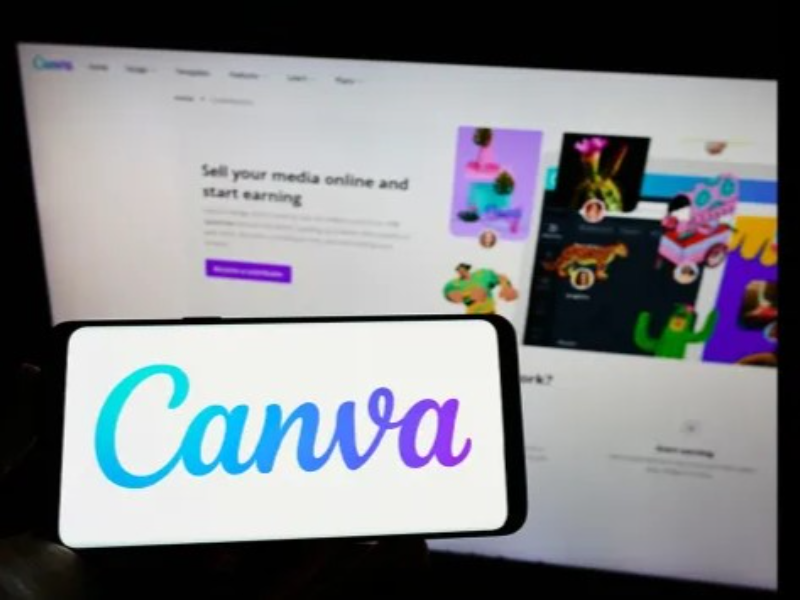- Canva has acquired Leonardo AI, an Australian startup specialising in advanced generative AI for creating images and art.
- The goal is to integrate Leonardo’s technology and “Phoenix” foundation model into Canva’s suite of AI products.
OUR TAKE
This acquisition underscores Canva’s commitment to enhancing its AI capabilities, positioning itself as a leader in creative design tools. Integrating Leonardo’s technology will enable Canva to offer more sophisticated generative AI features, fostering innovation and boosting user engagement across diverse industries.
–Vicky Wu, BTW reporter
What happened
Creative design platform Canva has announced the acquisition of Leonardo AI, an Australian startup specialising in advanced generative AI for creating images and art using open-source Stable Diffusion models. The financial details of the deal were not disclosed, but Leonardo’s entire 120-strong workforce, including AI researchers and executives, will join Canva’s AI team. The aim is to integrate Leonardo’s proprietary technology and “Phoenix” foundation model into Canva’s suite of AI products.
The acquisition marks a significant step for Canva as it looks to bolster its AI capabilities and compete with rivals like Midjourney and Adobe. Leonardo’s technology will be integrated with Canva’s Magic Studio of AI features, giving over 190 million Canva users access to innovative generative AI tools. This integration aims to enhance creativity and productivity for designers, enabling them to generate visuals more efficiently and effectively.
Canva plans to leverage its resources, including financial backing, human expertise, and licensed content, to accelerate Leonardo’s research and development efforts. However, the company has assured that no user content will be shared with Leonardo unless users have opted in explicitly.
Also read: Alibaba bets on generative AI tools for overseas merchants
Also read: Meta plans to bring generative AI to metaverse games
Why it’s important
Leonardo, founded in 2022 by Jachin Bhasme, J.J. Fiasson, and Chris Gillis, initially targeted optimising the generation of video game assets to reduce high production costs and lengthy development cycles. However, the company soon expanded its focus to other sectors such as advertising, marketing, product design, fashion, and education. Within two years, Leonardo attracted 19 million users and generated over a billion images.
“This field is constantly evolving, and Leonardo’s technical leadership and community impact can’t be overstated. Bringing our worlds together will accelerate each of our teams’ work, taking us from strength to strength, and we can’t wait to get started,” Cameron Adams, co-founder and CPO of Canva, said in a statement.
The move is part of Canva’s broader strategy to embrace generative AI. The company previously launched background removal capabilities and a suite of AI tools, including text-to-image generation, which have been used over seven billion times. Canva’s acquisitions of other companies like Kaleido, Affinity, and Pixabay have also contributed to its growing AI portfolio.

